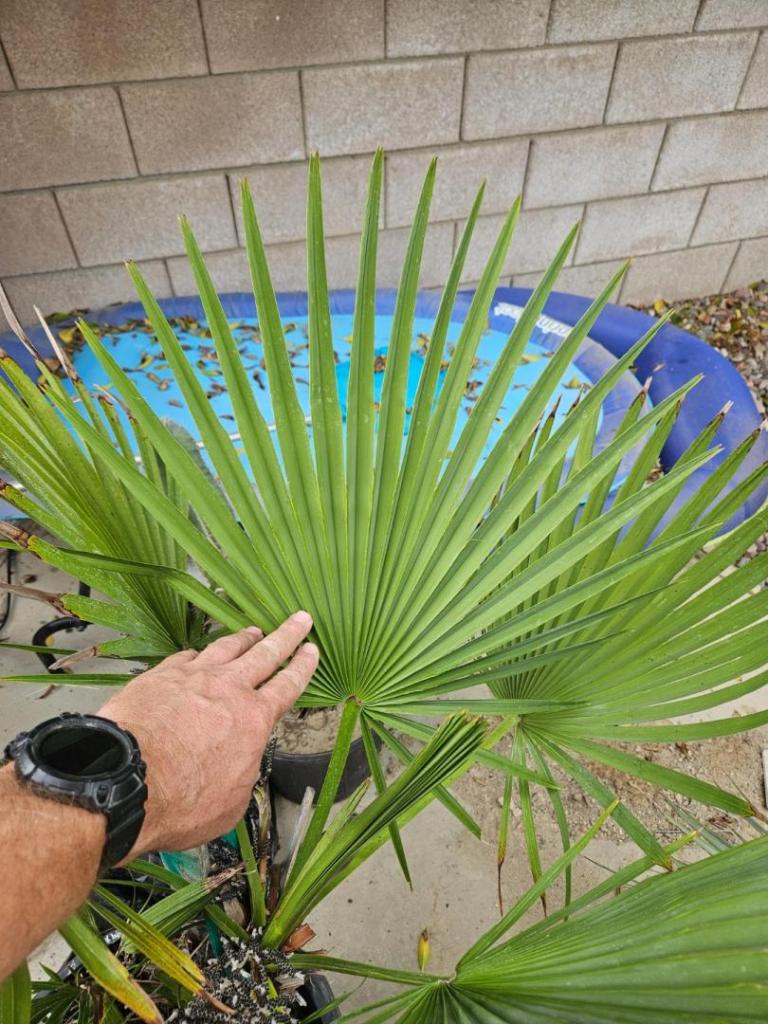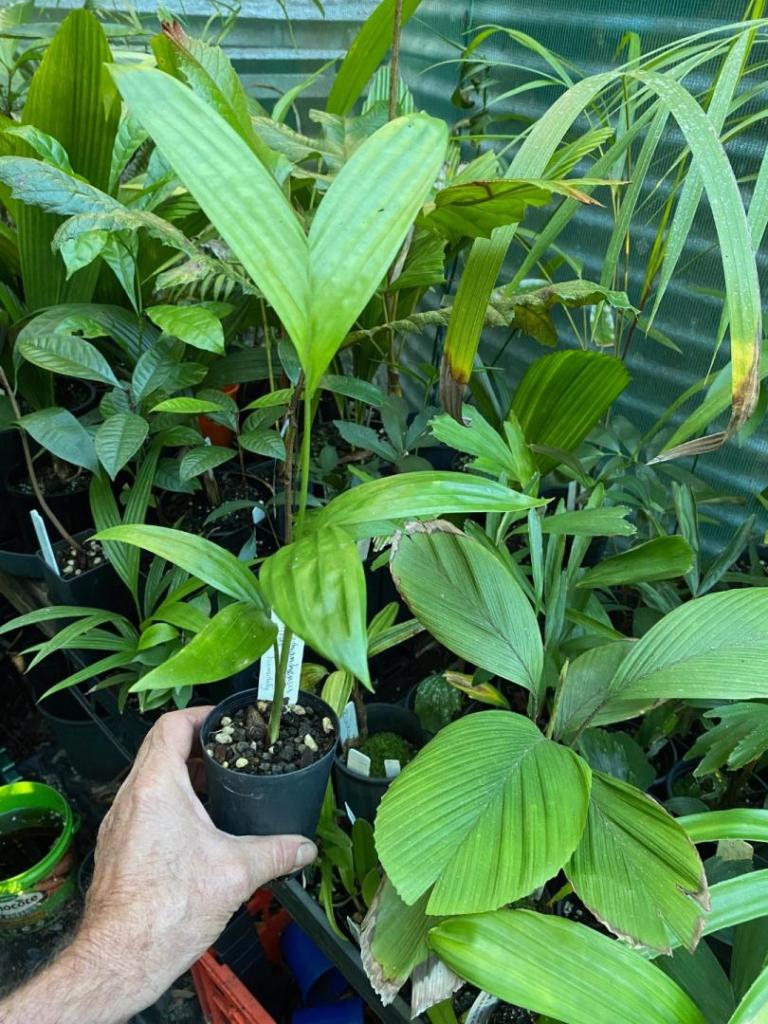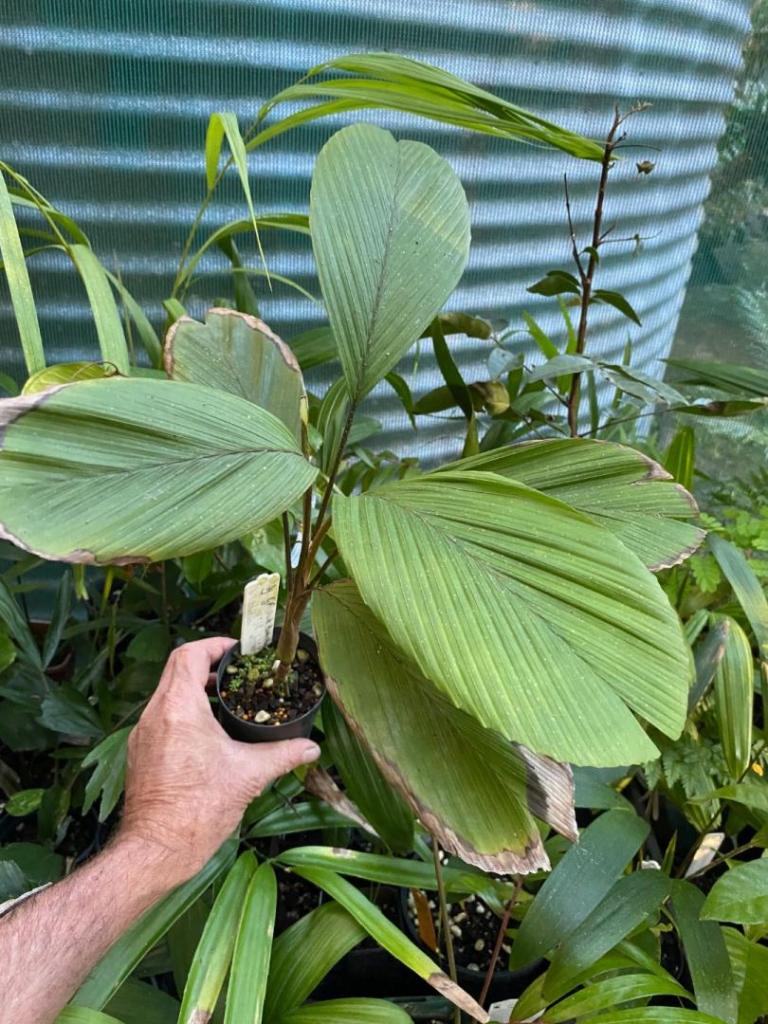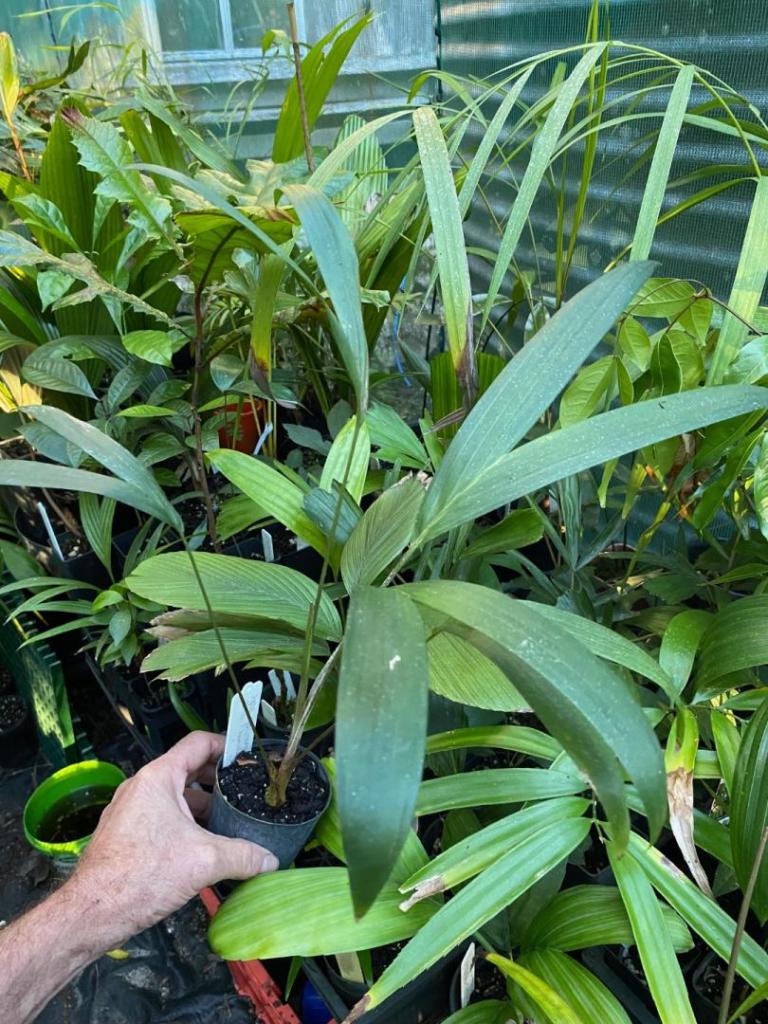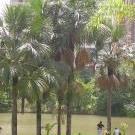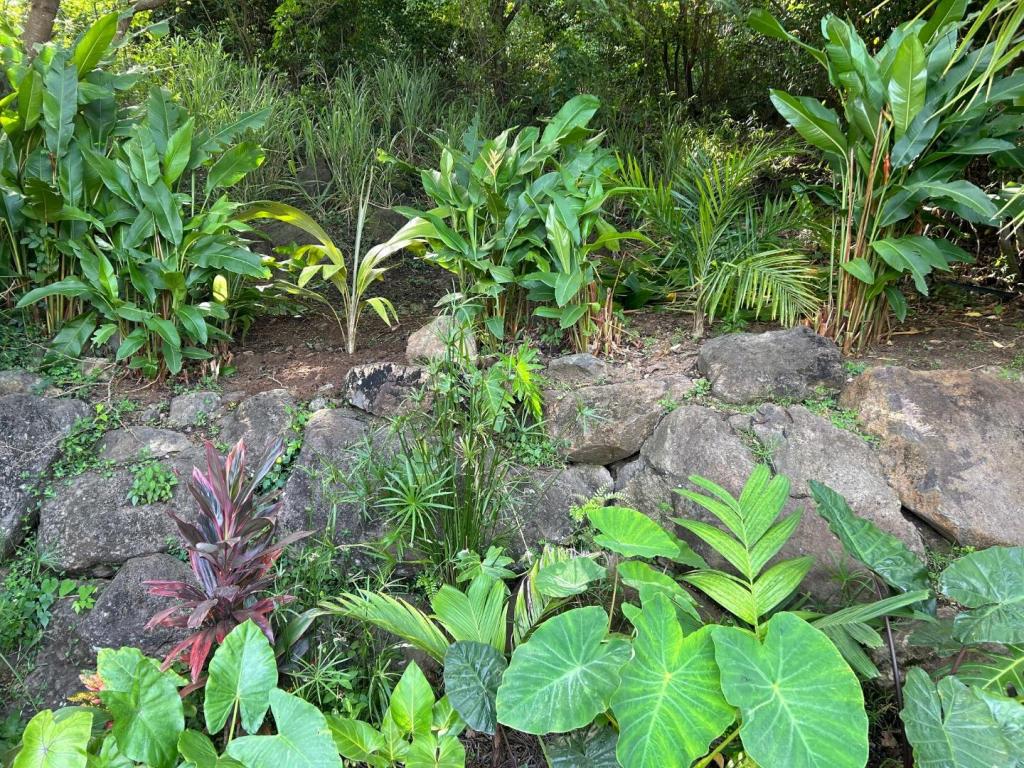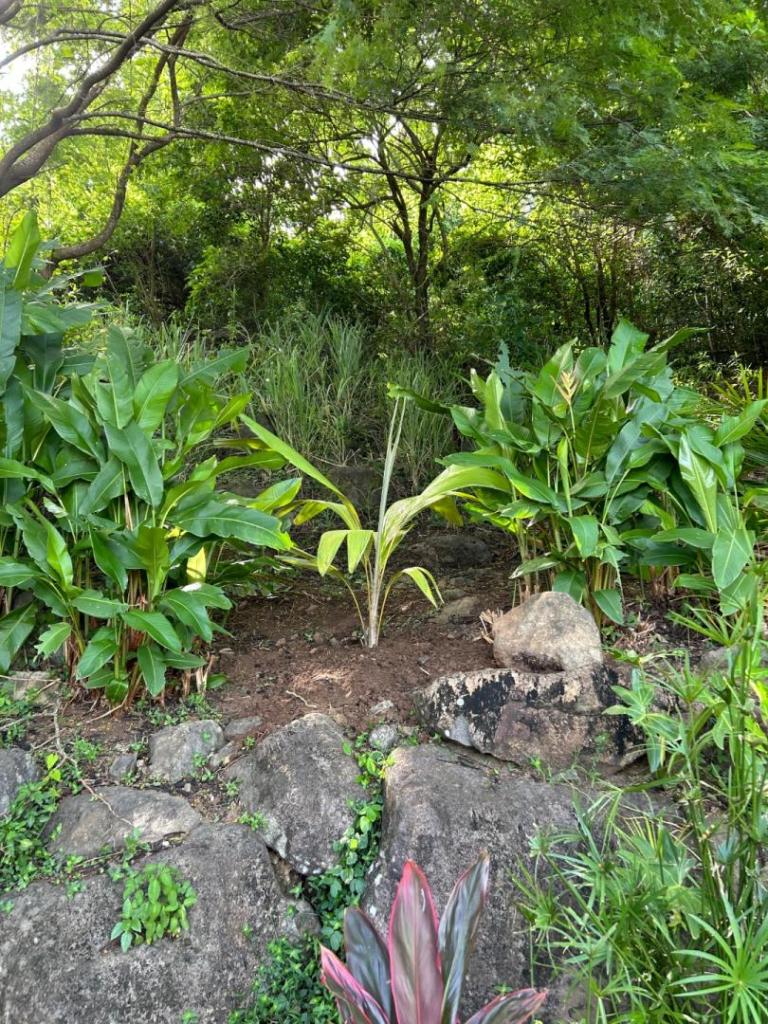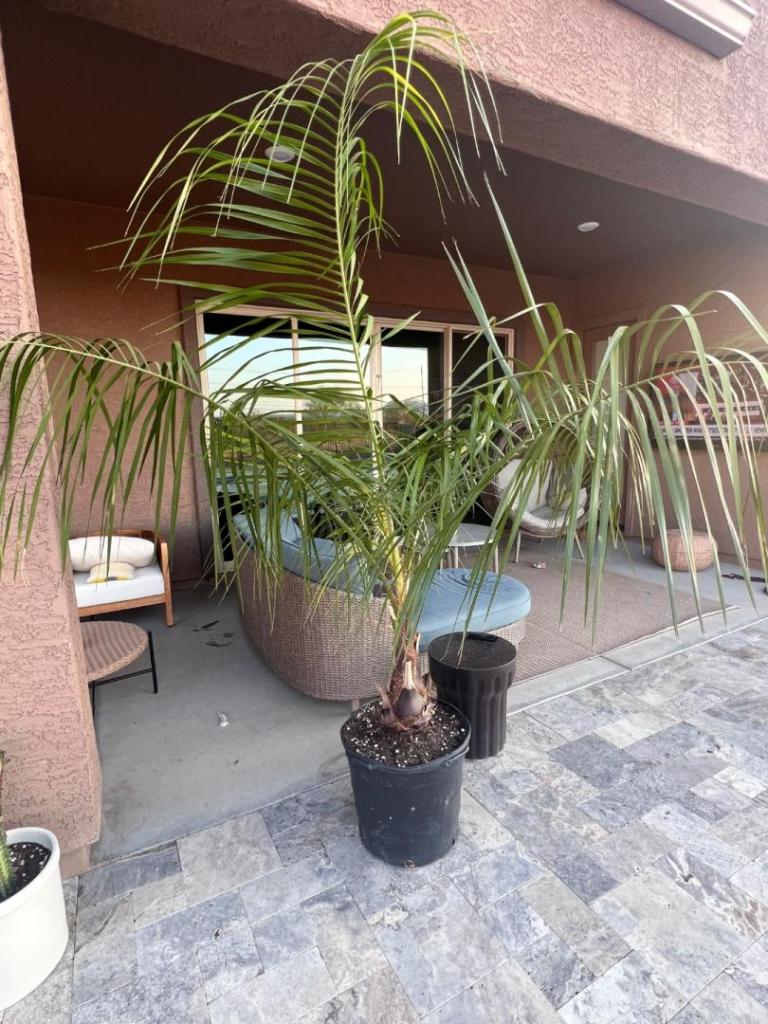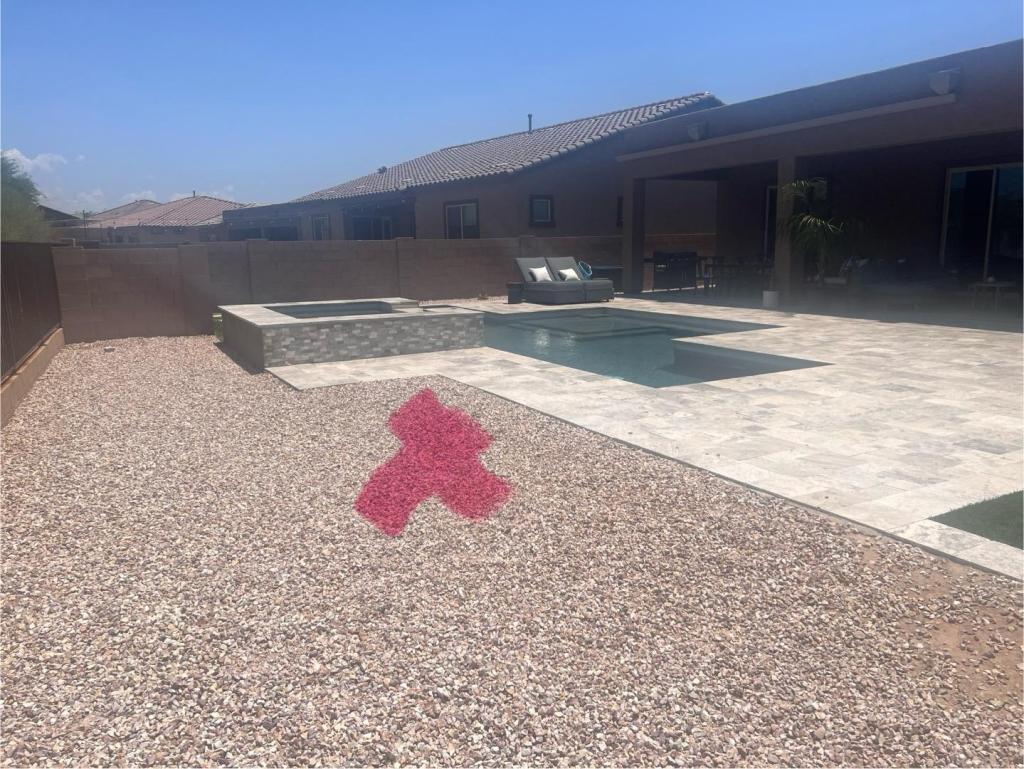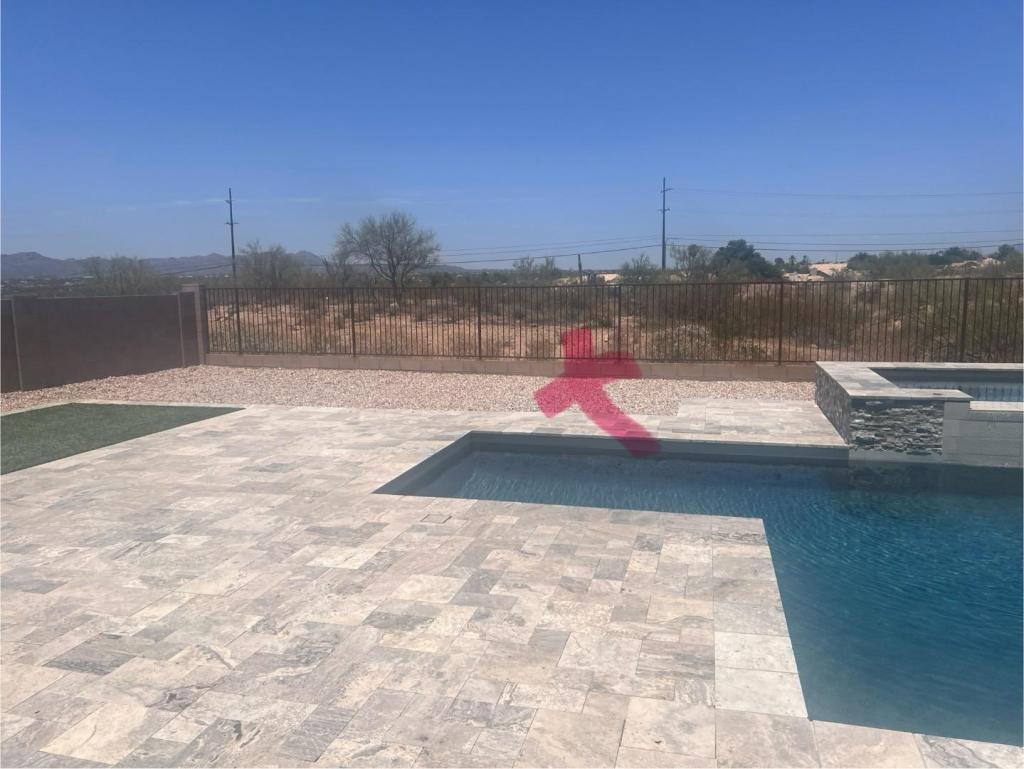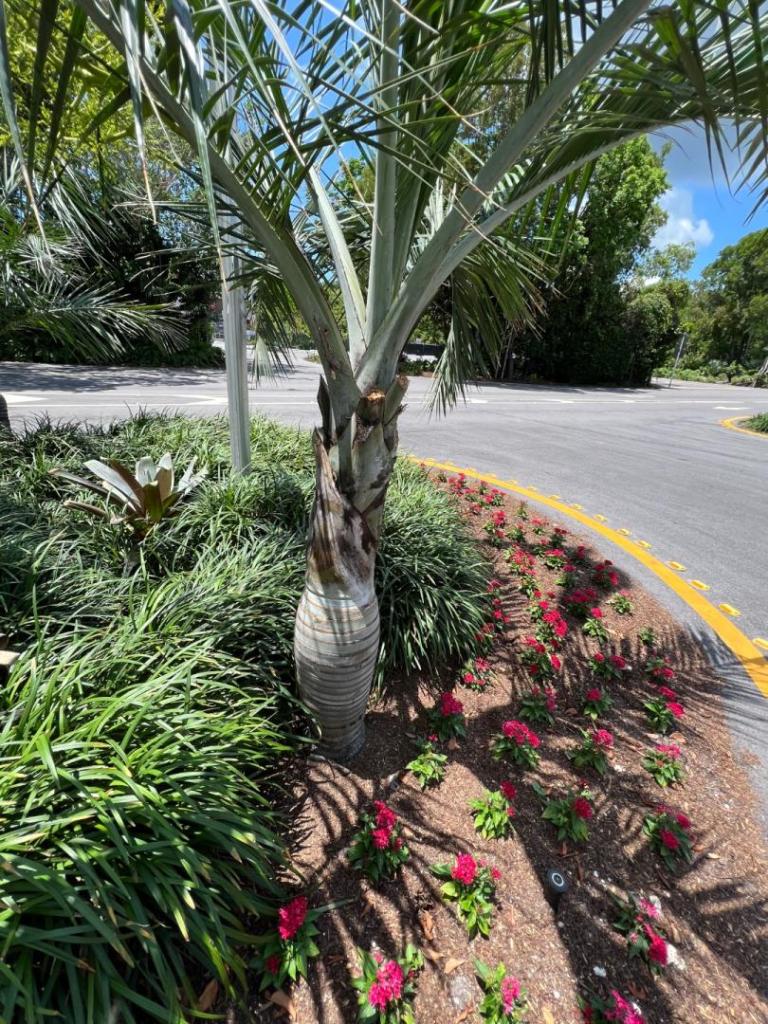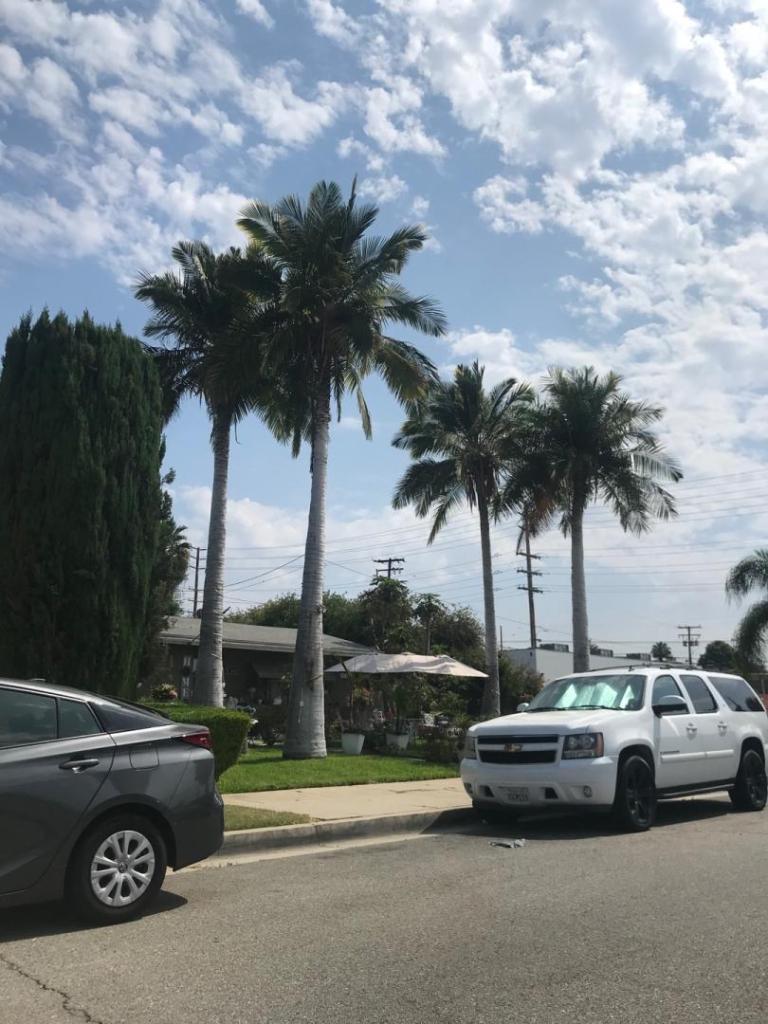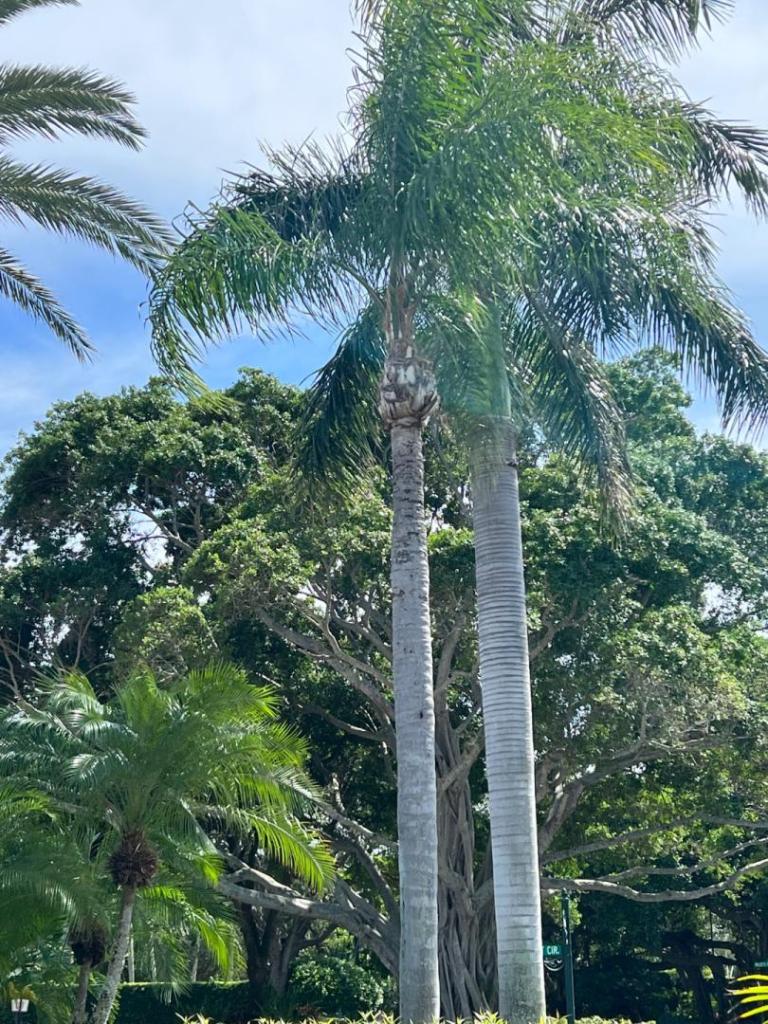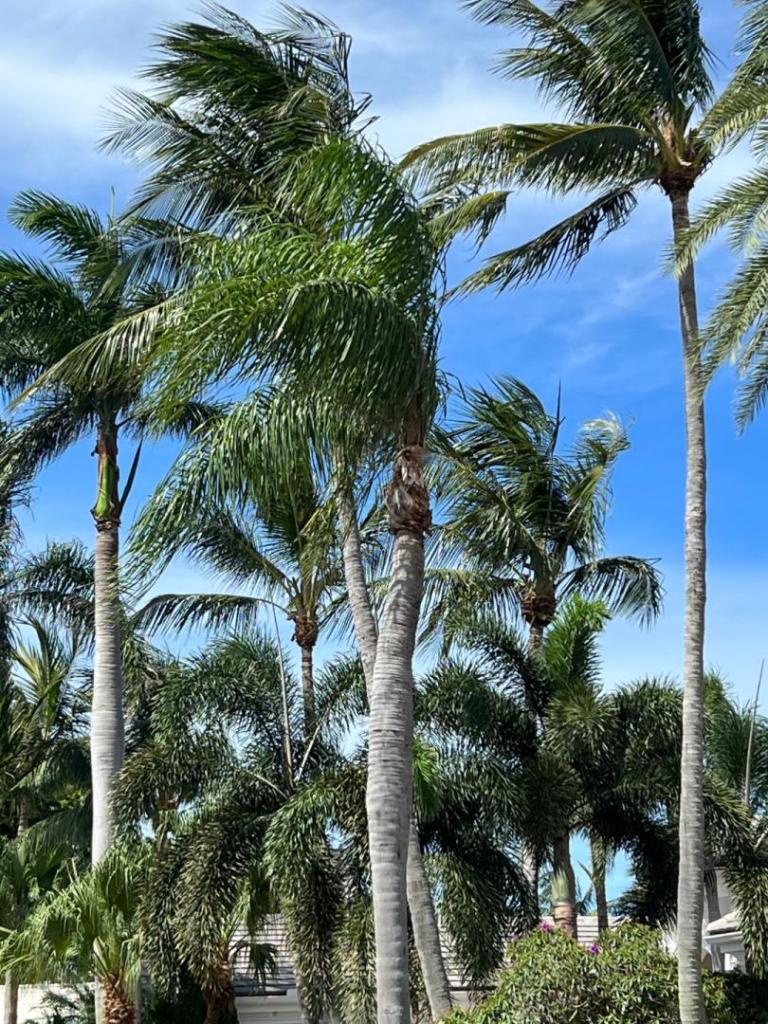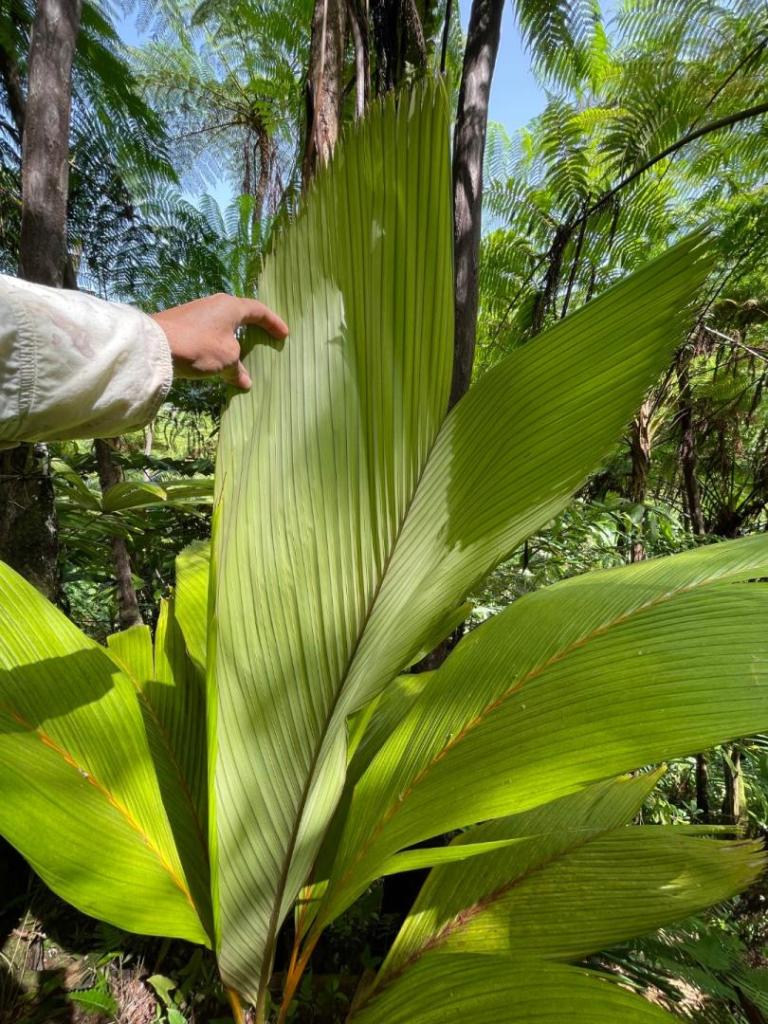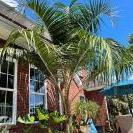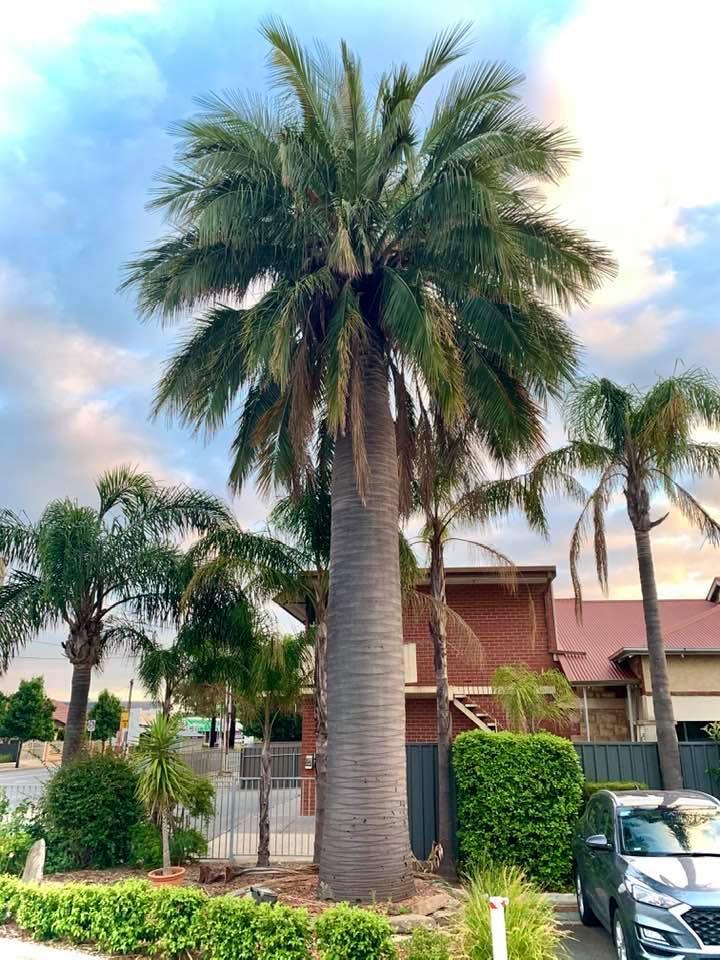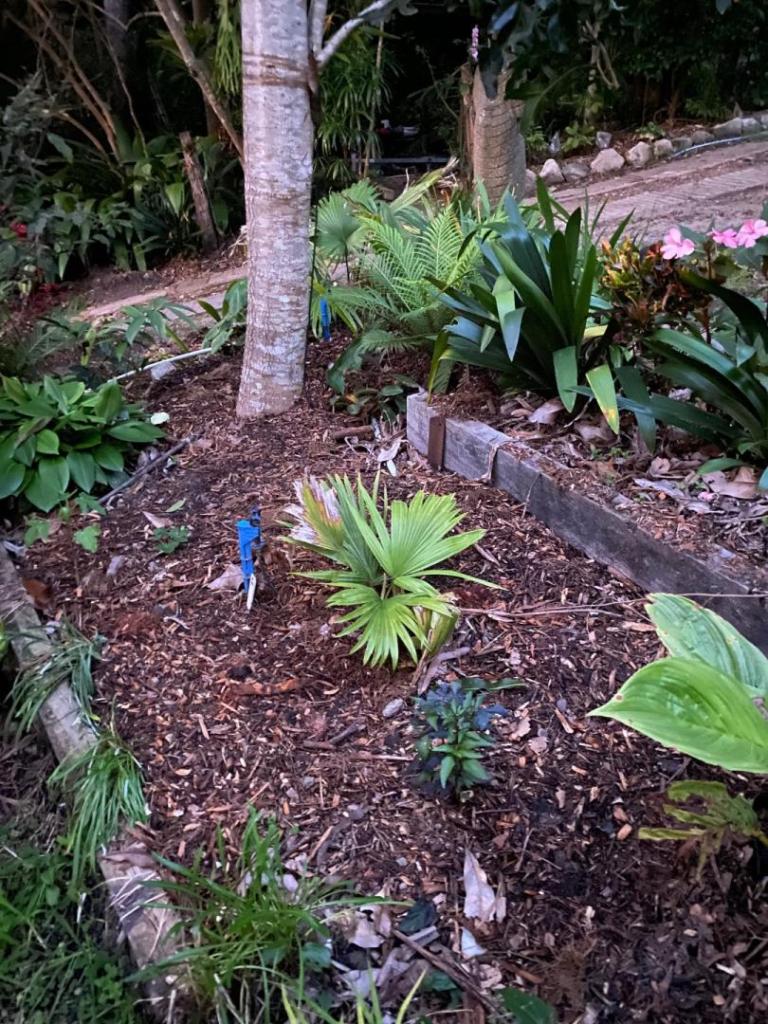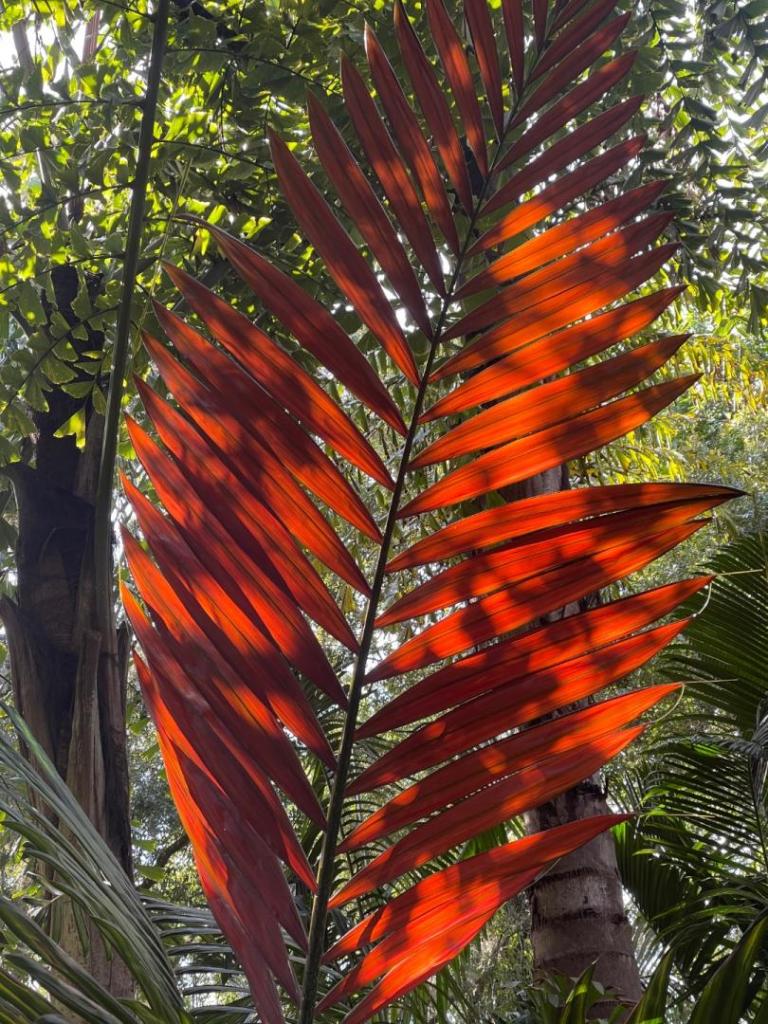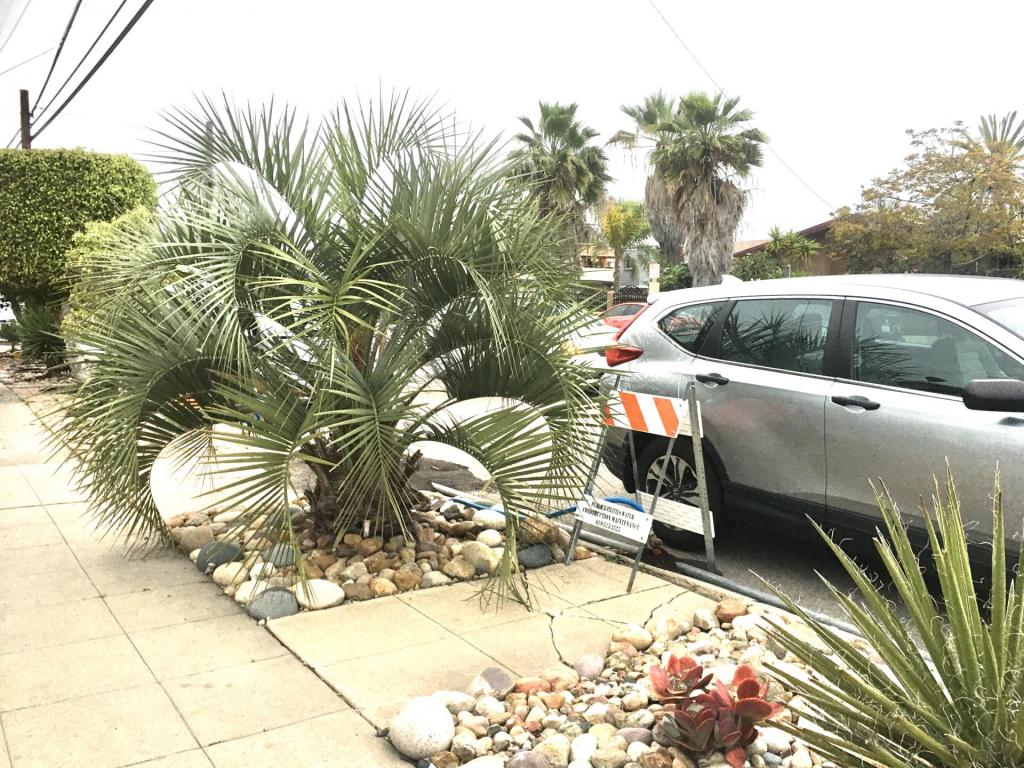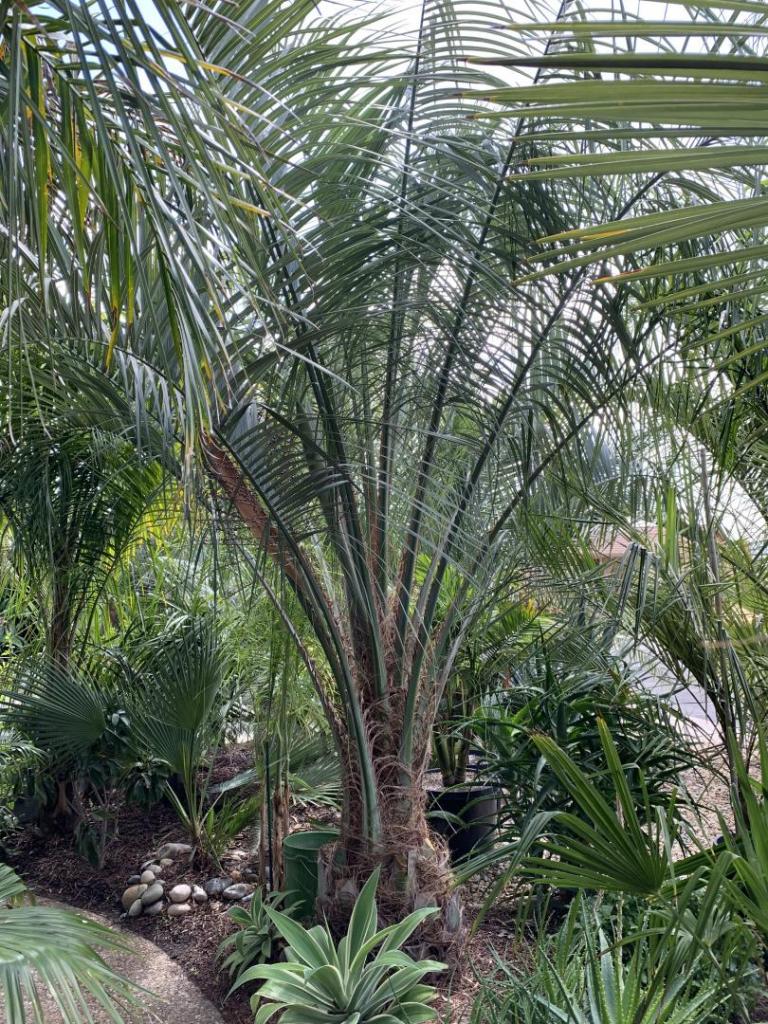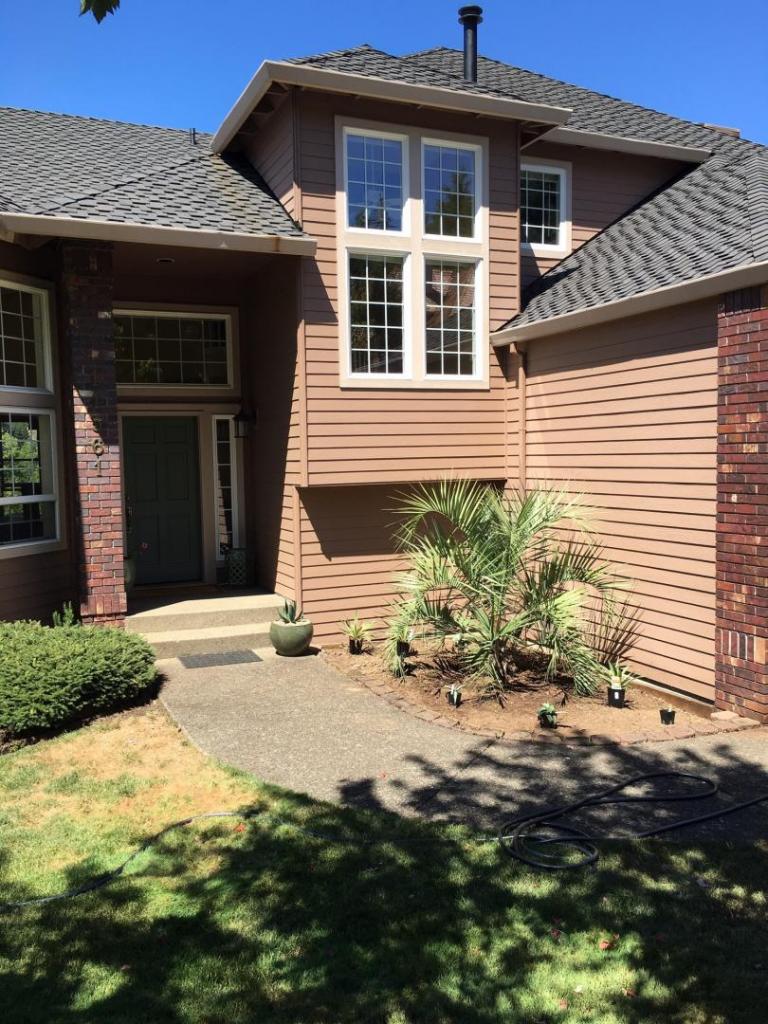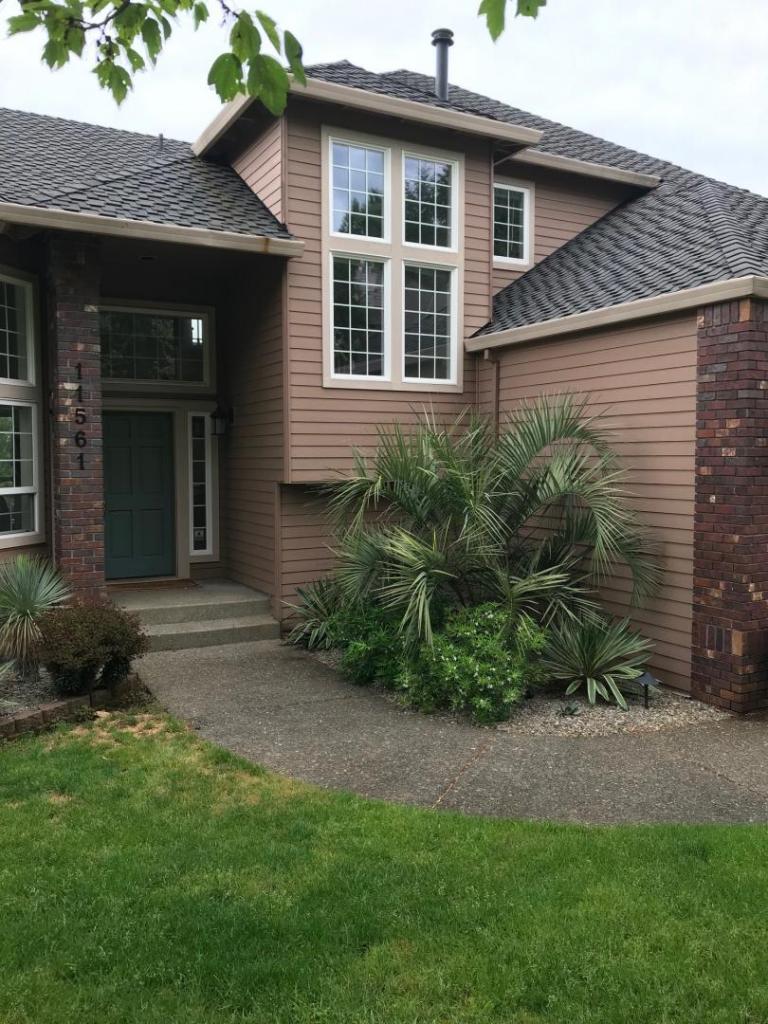Leaderboard
Popular Content
Showing content with the highest reputation on 07/15/2024 in all areas
-
5 points
-
5 points
-
Hi ! In my area not many species available in nurseries. So you have to start from the seeds you can find 😅 Joey magnifica : 6 month from the seed Accrocomia crispa : super fast to sprout : 2 months from the seeds Chambeyronia macrocarpa and Houalou… Copernicia Alba, and macroglossa : Native Aiphane minima Last but not least : first leaf for my licuala mapu 🥰 Hope you enjoy ! Nico5 points
-
Nothing like summer to spur significant growth from these beautiful palms. The older two have grown under canopy and are tall and thin. The younger one is in full sun, much more robust, and it’s not uncommon to drop two fronds at the same time coming out of winter. Clean, colorful, compact, just a great garden palm. Tim4 points
-
4 points
-
3 points
-
I'm going to assume this is a joke, ?? .. A LOT of Royals planted all over San Diego ..and S. Cal overall. I'm sure fellow forum members would enjoy showing you the many examples, ..being grown just within their own gardens.3 points
-
Looks like my patience finally paid off, yesterday I decided to check the Chamaedorea pochutlensis seeds I brought from Jalisco last year and I noticed that two of them had already sprouted. I fell in love with this species when I first saw it and I'm glad I have two now. Should be more common in cultivation in Mexico.3 points
-
3 points
-
We've had our Butia for 15 years now this past September. Was put in with original landscaping in 2000, and has grown vigorously, thriving on poor, sandy soil with sprinkler irrigation and fertilizer occasionally. Always has bloomed/fruited profusely, even when very young. Sometimes it sends up inflorescence even during winter where they sometimes are damaged by a hard freeze. With how large it is now, if we don't cut the flowering stalks soon enough, there are pounds and pounds of rotting fruit on the ground that can be smelled from the street. Also makes for constant "volunteers" that need to be weeded. I'm guessing it's a capitata. Unlike other Butias I've seen with inflorescence that has red coloring in it or fruit that is a more yellow color, this one has perfectly yellow/gold inflorescence with large, purely orange fruit. 2003 2004 2007 2008 2009 2011 2012 2014 2015 20152 points
-
Yeah….i tried to be somewhat impartial regarding this topic but it’s just so ridiculous talking about Queens with such high regard in SoCal. It’s akin to stating Lutescens are the best and prettiest palm you can buy in Florida. It’s almost laughable. I’m beginning to wonder if this whole thread is a joke. Huntington Beach put Queen palms in the parkways of our neighborhood 20yrs ago. Because it’s “city property”, they are responsible for trimming. I’ve spoke with the city about this and they said it was a massive mistake that has cost the city millions of dollars. Needless to say, they have been removed from the approved tree list and Kings are being put in thru attrition. Big mistake. -dale2 points
-
2 points
-
An interesting perspective that I can agree to disagree with. I can't disagree that a well grown "Queen" palm has a nice look. Over saturation in the marketplace is only one reason I opted for different palms when I started my current garden. I also had the experience of their roots creating problems in planters and not playing nice with other plants I attempted to plant under them. I attempted to plant a couple of Chambeyronia macrocarpa (one regular form and the other hookeri), as well as a Bismarckia nobilis under solitary Queens that were about 8 years old from 10 gallon size. The Queen roots stole all the water from the Chambeyronias and the Bismarckia, not allowing them to make any progress and eventually succumbing to a cool damp winter. It wasn't too long after that, when I decided to extract all my Queens from that garden. I opted for palms that played much nicer with others to replace them (6 in total scattered between the front and back yards). I never looked back. The Foxy ladies, and Chambeyronia hookeri that went in my back yard offer a more unique look and yes, elegance rather than just one of dozens of other Queens planted in that little subdivision. That extraction was about 20 years ago now and I would have done it sooner with 20/20 hindsight.. Back to your comment about Howea forsteriana and Archontophoenix alexandrae being "masculine", I'm a bit puzzled. I could perhaps understand that comment about some Phoenix canariansis, but have difficulty assigning masculine or feminine characteristics to other palms except perhaps my Ravenea or Chamaedorea, which in fact or sometimes male or female plants. I won't encourage others to remove their Queen palms unless they are creating some of the many challenges mentioned already (root competition, heavy leaf drop, a propensity to become invasive, messy seed drop, high maintenance, sold incorrectly as drought tolerant, etc.). At the same time, it probably is the last palm to come to mind as a recommendation for someone in a true 10B San Diego garden. I hesitate to call my garden 10B but would recommend many things growing in my garden to someone in a 10A or 10B here, such as Howea forsteriana or belmoreana, numerous Chrysalidocarpus species, Cyphophoenix elegans or nucele, many Chambeyronia species to just start naming a few. I am happy you enjoy your Queens.2 points
-
Queens can be very nice palms, but royals can dance too and they are far better suited to my soil and climate. Royals can cast amazing shadow shows during a a breezy full moon night. The easy care part is increasingly attractive as I grow older. And they are never over trimmed by a yard worker with a saw they are never trimmed except by hurricanes.2 points
-
Lucky you, haha.. My favorite stop when roaming around Tucson or the hill country / mountains down by the border. Depending on how many years it has been since your last visit ( ..none of my business, lol ) You might be quite surprised by some of the more recent changes / inclusions.. A few teasers from my last visit, ..if it has been a few years..2 points
-
Yeah here too you may find such associations and actually the law says that all municipalities must offer free animal sterilizations. In reality few do, or do it only sporadically. The thing is that if I must pay 50 euro per cat for 14 cats, that's 700 euro already... it's unfair. The cat owner should be given fines if you ask me.2 points
-
Hello, everyone! Newer member, first-time topic starter. I live out by Palm Springs area (low desert) 124-degree record breaker as of this year.. I have been working on a backyard remodel for some time. Since I do the work it's been a couple of years process. I have spent a lot of money on plants and as of this year lost a lot of plants, haha. I decided I wanted to get a "Brahea" collection started. I get my palms from many areas. Phil at Jungle Music, Mark in Yorba Linda, and various places. Some I order, the closer to "some" desert I can get the better off I am due to the plant adaptation to the desert climate. Anyway, I got this particular palm from Yorba Linda. My plant guy has some Braheas on consignment from a lady who lost her better half. It was labeled "Nitida" and then crossed out I have a Nitida and it is different from this one.; In addition, the Nitida was not seeding like this one and the seeds were not black. Decumbens have black seeds from what I have seen. I do have a Decumbeans but it is very young still. Some portions of fronds are starting to get the blue coming in and the petiole is not armored. I hope to find some of you who know this genus and can help me identify this palm. Thank you and very nice to meet you all! Thank you to Aztropic for showing me how to make a post haha! Forgive the mess in the backyard2 points
-
A few winter survivors so far it wa# around 4 degrees Celsius at the bottom of my property this morning and the plants in the greenhouse have faired pretty good considering they were purchased in far North Queensland that’s a tropical growers paradise a couple of Arecas first up areca rheophytica vidaliana and a songthanhensis then a iguanura var GF a dypsis poiveana and last but not least a pritchardia martii while it may not be knew news to some it certainly helps the zone pushers out there knowing a few more varieties take a bit of cold so far so good but winter is not over yet just the beginning!2 points
-
Thanks ! Well I put the seeds in a box with moss and pray 😂. Once in pots the climate here is so warm and wet that I don’t have to do much. Yeah ! 8 months from seed 🫣 so slow, and even slower where you watch it everyday.2 points
-
Very nice Bill! In the future you can try a trunk cut shortly after the freeze/spear-pull to get you started a little quicker. I did this successfully to 4 of my palms after February 2021 and @Allenposted on a similar experience with his palmetto. Check out the details in the posts since May 4.2 points
-
They're very tough trees,but I would be hesitant to plant it out right now in full all day Arizona sun,118F temps,5% humidity,with only a 15 gallon size root ball, in that location They are usually grown and sold under at least a light shade cloth,so some acclimation might be a good idea to keep from incinerating it. Maybe on the edge of the patio till mid September and keep it well watered and the black nursery pot shaded as direct sun on the pot will cook the roots and set the tree back from the start. Mid summer in Arizona is just not a good time to try and plant something in full all day sun... aztropic Mesa, Arizona2 points
-
2 points
-
So some of you inspired me to join the club and buy my first palm tree. Found this 15 gallon mule at HD for $300 and was the last one in at least 3 stores I looked into here in Tucson. My plan is to put her in the dirt where I’ve marked in the pictures which is on the north end of our pool/patio. It will get direct sunlight pretty much all day in the summer. Should I plant it right away or wait until the heat subdues this fall? I almost think it would benefit being in the ground right now and getting some monsoon rains to help establish before winter. Any advice would be appreciated!2 points
-
2 points
-
2 points
-
2 points
-
2 points
-
2 points
-
Great topic. Definitely praise goes to the Queen. Here in South Florida, these palms are largely overlooked and many times not properly cared for, which is unfortunate. In less tropical climates, they can be the Ray of sunshine. Even here in South Florida rolling around the hood, I managed to find some well tended and happy specimens (bad Queens were expressly excluded):2 points
-
One of my favorites so always happy to take a couple of new photos of one of mine. The leaf underside looks more silver than this photo suggests. I have 3 of this species in shade, but will plant 4 more in part shade soon. I have seen one in PR in almost full sun fruiting but the leaves weren’t as pretty as mine. I probably have acid soil but have not tested it. Ox rhino beetles think it is delicious but only one has been killed as I use barriers and imidocloprid now.2 points
-
2 points
-
Thought I'd start a thread on my 7A palmetto as these seem to be pretty popular. This is a Sabal palmetto 'mocksville' from Plant delights. It is expected to be 7-8' this year. It has been mainly unprotected except this past winter when I covered/heated it during our -1F low. 2018 2019 2020 2021 2022 2023 20231 point
-
Exactly. This whole thread has me a bit confused and the more it develops, the more convinced I am that this whole thing is nothing but a belated April Fools joke attempting to rile us all up. Well at least it got our attention I suppose...1 point
-
1 point
-
Yeah, I only have one flowering and there are never two infloresence open at the same time. Have three other that are nearly the same size and same age, so hopefully have a greater chance when more open at the same time. Never heard of Butia archeri Diamantina, and a Google search only reference Archeri from the region of Diamantina. Was the expert Kelen Soares? I've seen some referance to Diamantina as well with his name attached to it. Also, in my discussions with him he said detailed pics of the flowers will be the only true way to ID these. Here's my last spathe that opened beginning of June...1 point
-
Hey Kim, mahalo. The Joey’s are finally getting some size to them after a few previous try’s and setbacks. I love em. Jonathan, this is the tame part of the garden, 😀 There are other sections that truly have the ‘jumgle’ vibe. I checked out South Arm on google maps, interesting looking part of Tasmania. Planning an excursion there next year…..a lot of interesting adventures to experience. Nico, planted out as a one gallon about four years ago. These particular palms are fast growing and more robust in full sun. The red color is variable, sone pink, shades of red, and some stay green and never show any color. Tim1 point
-
That's what I was thinking too after seeing @Looking Glass's palm but I suppose it'll take awhile before it either looks more like Leucothrinax or less like it. I trust the seller in what he bought from RPS but it's always possible that they sent him the wrong seeds. Either way I like it!1 point
-
1 point
-
1 point
-
🤔 plants you are calling morrisii don't look right... Maybe just the growing conditions,but all Thrinax species have a split leaf base. Morrisii fronds are usually bluish,same with the petioles, with a definite silver underside. You may actually have all Coccothrinax species planted there. Time will tell as the plants mature more. If you didn't collect the seeds yourself and grow the plants,you really have to have a lot of faith in your grower that he is actually selling what he says he is selling. There are some brokers/middlemen that will just sell you whatever you are requesting,and it may be years before you figure out what you really have. aztropic Mesa, Arizona1 point
-
Nathan, That would be Saint Lucy’s Church and school. The first trunking Parajubaea cocoides I ever saw is growing in the courtyard along with Caryota, Brahea, Butia and several other palm species. You may be right about the missing palm being a Jubaeopsis. It had all of the characteristics and was a drop dead gorgeous palm. Many years ago, before I knew of that species, I wondered what that palm was because it looked like no other palm I’d seen anywhere in the Bay Area before. I was shocked when I noticed it was gone a few years ago while driving by.1 point
-
They are dracaena marginata. They are not palms but related to yucca's.1 point
-
1 point
-
They are awesome palms . Faster growing than B. Armata . Mine is 25 plus years old and makes a statement down by the road. I’m just glad I didn’t plant it by my house , it needs a bit of planning for the large trunk and crown. Harry1 point
-
Thank You for all the information you have posted. Dypsis Ambositrae grown in Brisbane, sown in Dec. 2020, 4 pair "V" leaves pushing the 5th up.... appear at this early stage of life to be much more hardy than Dypsis Pembana grown 45 miles north of Los Angeles, sown Oct. 2020, sprouted Dec. 2020, my healthiest is working on it's 3rd pair "V" leaves. I would point out, your "trunk" diameter is more than double my largest palm. Thank You for posting.1 point
-
1 point
-
Here’s one of two that I have in ground here on the coastal FL panhandle 9A. They’ve been through two winters, including the winter of 2017-18, during which they saw several nights in the upper 20’s (26F +) and one night at 23F. They did fine until that 23F, lol. The only protection they had was a towel around the growing point. Needless to say the 23F burned the fronds pretty bad. Only the lower half of the spear remained green. Both recovered nicely and are now almost 7ft. tall. Last winter the lowest they saw was 33F, so no damage then, of course. Fingers crossed for another warm winter.1 point
-
1 point
-
1 point









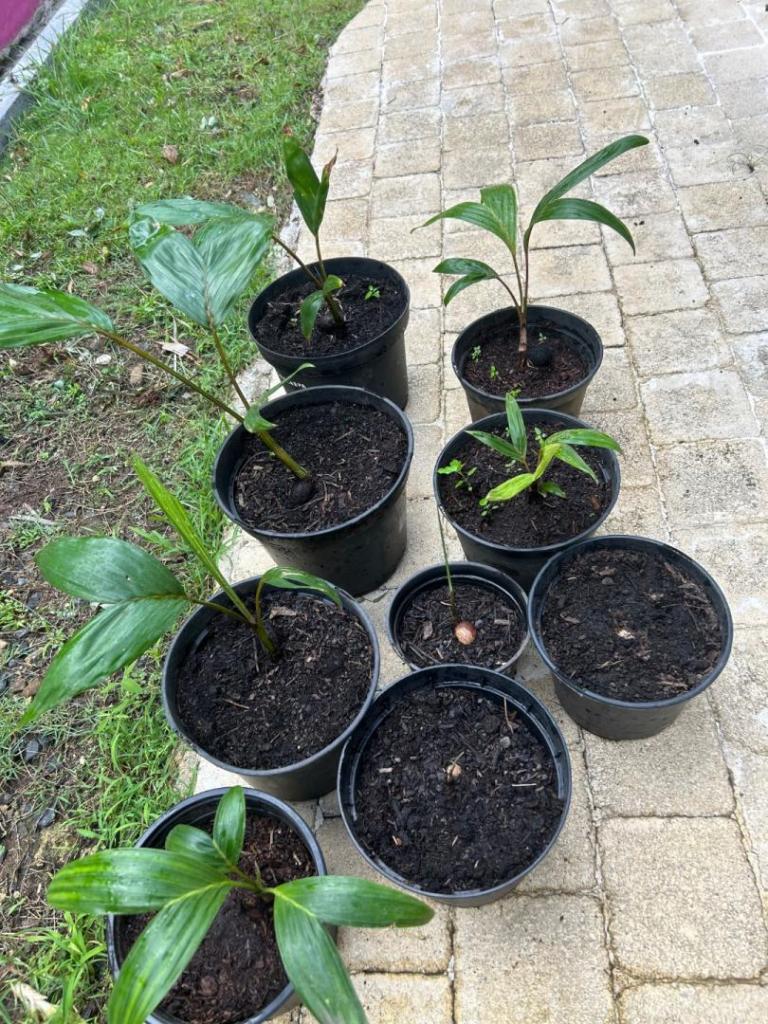



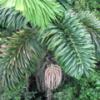





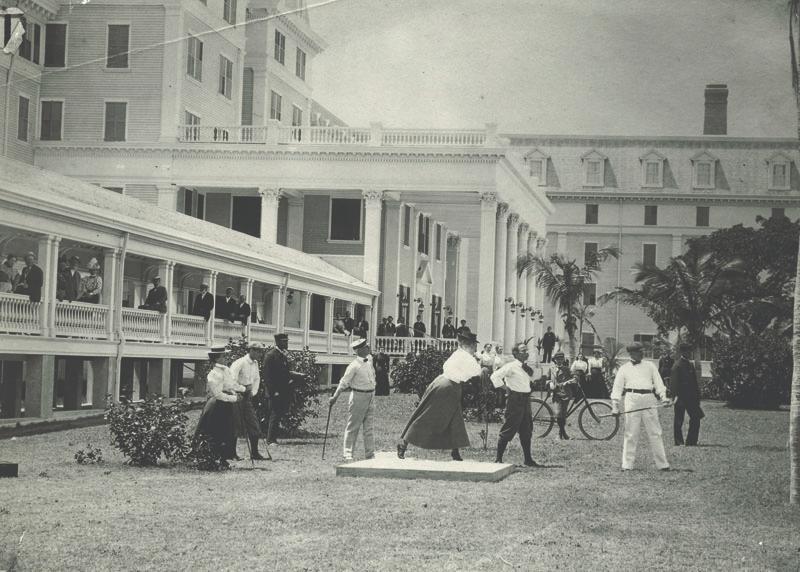
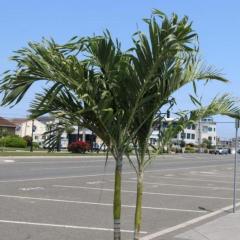


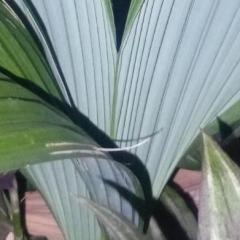




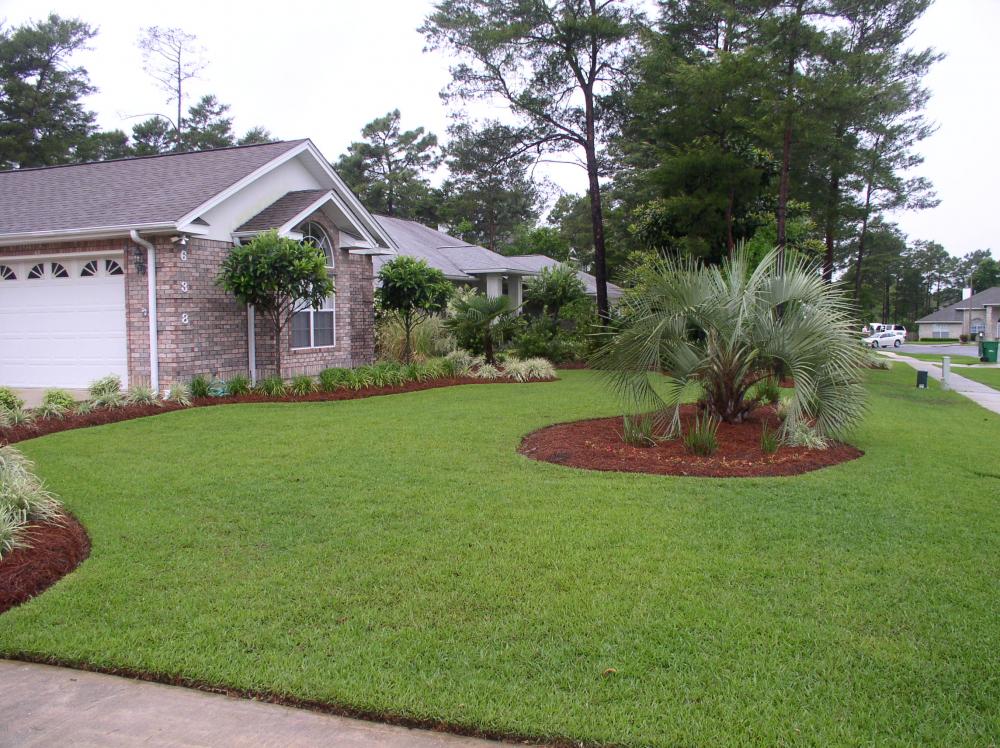





.thumb.png.04b3487b96ff29c55b8a8994b91f62b2.png)



